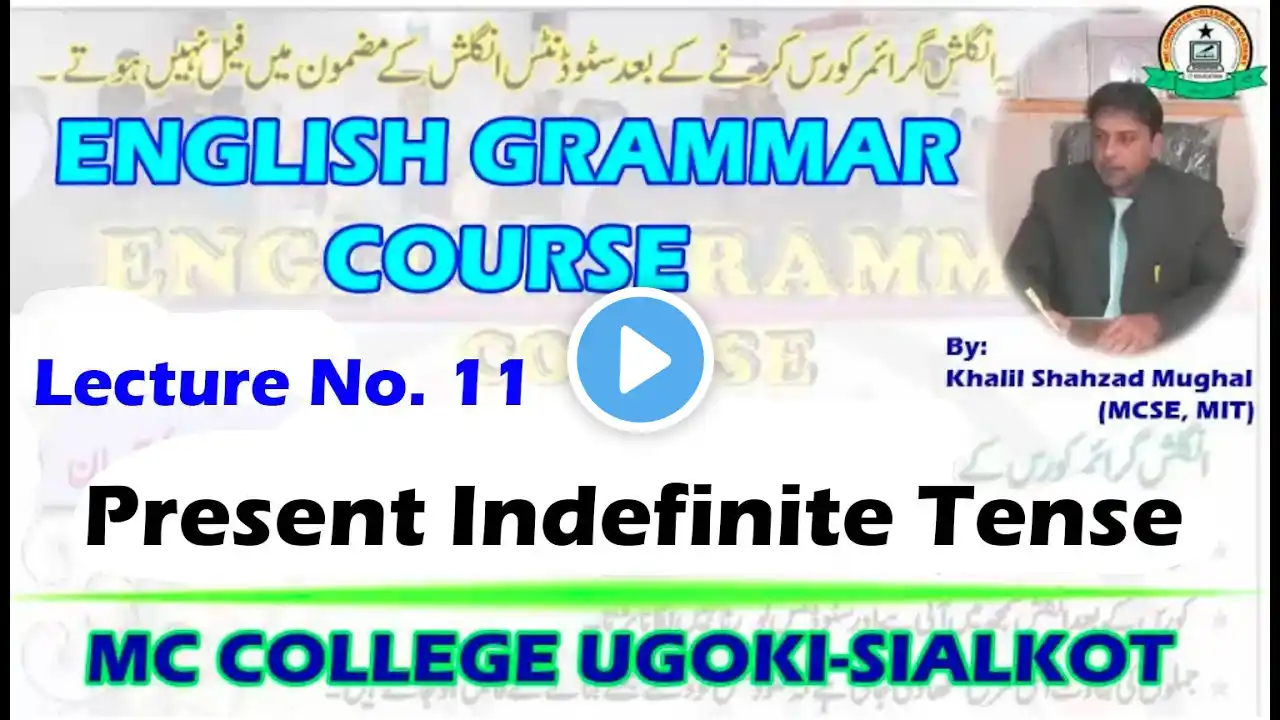
Present Indefinite Tense in Urdu/Hindi
The Present Indefinite Tense (Simple Present Tense) Introduction Definition of Present Indefinite Tense Importance of Present Indefinite Tense in English grammar Comparison with other present tenses (Present Continuous, Present Perfect, etc.) Structure of the Present Indefinite Tense Affirmative Sentences Subject + Verb (Base form / Verb + s/es) + Object Examples: She sings beautifully. They play football every evening. Negative Sentences Subject + Do/Does + Not + Verb (Base form) + Object Examples: He does not like spicy food. We do not watch TV at night. Interrogative Sentences Do/Does + Subject + Verb (Base form) + Object + ? Examples: Does she speak English fluently? Do you go to school every day? Rules of the Present Indefinite Tense Use of "s" or "es" with third-person singular subjects Use of auxiliary verbs "do" and "does" in negatives and questions Importance of base verb form in all cases except for third-person singular Usage of the Present Indefinite Tense To express general truths and facts The sun rises in the east. Water boils at 100°C. To describe habits and routines I brush my teeth every morning. She goes to the gym on weekends. For fixed schedules and timetables The train leaves at 5 PM. The shop opens at 9 AM. To express universal truths Honesty is the best policy. Hard work leads to success. For newspaper headlines and storytelling The Prime Minister visits the USA. The hero enters the castle and saves the princess. Common Mistakes and How to Avoid Them Incorrect use of "s" in verbs with third-person singular subjects Forgetting auxiliary verbs "do" and "does" in questions and negatives Using the wrong verb tense for general facts or routines Examples of Present Indefinite Tense in Daily Life Conversations and dialogues Formal and informal writing Job applications and resumes


















